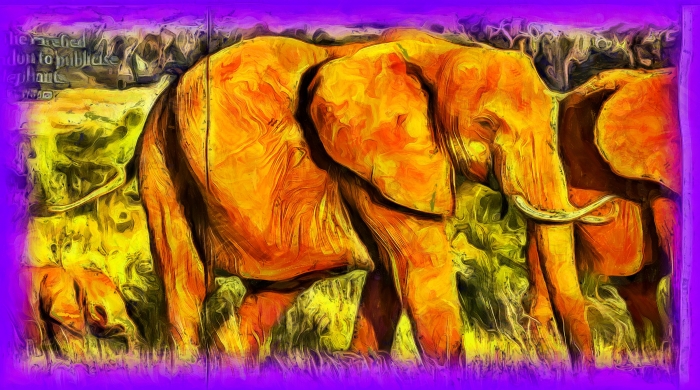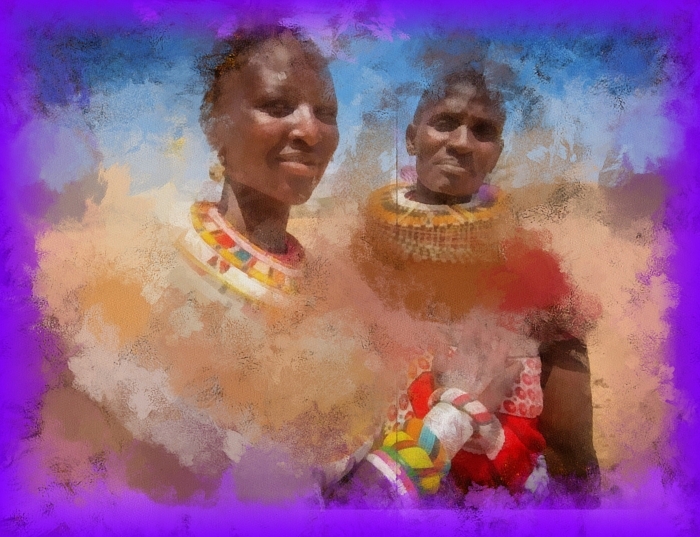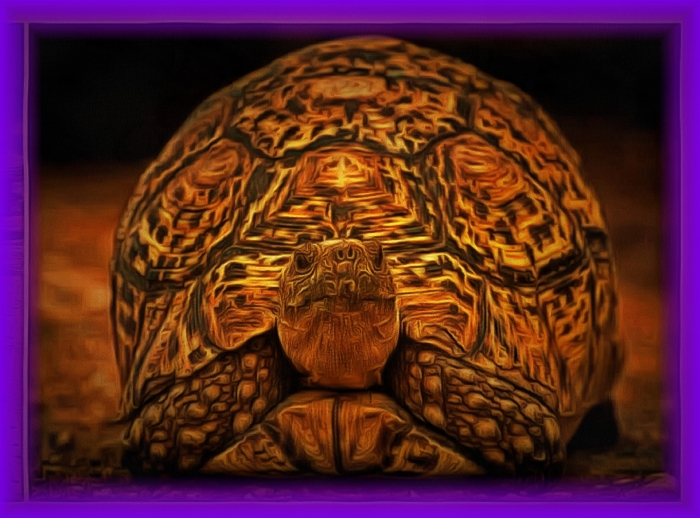Save the wild elephants in Africa!
Очередной выпуск моего авторского Блога.
Here we outline the problems of African elephants, giraffes, cheetahs, hyenas and other animals
Блог #60 | Leaving London for Africa...

African elephants
are in big trouble!
Kiwi Jane Wynyard left the rarefi ed air of high-fashion PR in London to publicise the plight of African elephants.
Jane Wynyard moves around
a lot. When we speak, she is in
Nairobi checking in with the
Save the Elephants charity.
On another day, I might have
caught her in the wilderness of Samburu,
a seven-hour drive north of the Kenyan
capital, surrounded by elephants, impalas,
giraff es, cheetahs and hyenas.
She works in a research camp there,
taking photographs and working
as a communications consultant.
Her bush lodgings in Samburu are basic:
there’s a bucket shower – the water heated
by the sun in a jerry can – and a pit toilet.
But she’s oft en on the road, travelling from
Kenya to Namibia or Uganda, or anywhere
she is wanted to tell the story of
what is happening to African wildlife and
appealing to the world for their help.
Although Africa is a long way from
Auckland, where Wynyard, 54, spent most of her
childhood, it’s even further from the glitzy
world she inhabited until seven years ago.
She moved to London in her early 30s, and
quickly became head of communications
for Hearst Magazines, publisher of Harper’s
Bazaar and Elle among others, so there was
always an awards dinner or power breakfast
to keep her in corporate fettle.
Thenshe moved to Net-a-Porter,
at the time the most ultra-fashionable
online boutique in
the world. As global head of public relations,
publishing and media, she led a very
highend existence, working with brand-name
photographers and stylists, featuring
luxurious labels, with almost constant travel
and entertainment always on expenses.
She spent many weekends riding horses
in Hampshire, or fl ying to Morocco to go
surfi ng. Yet, somehow the luxury
lifestyle “just didn’t feel like me”.
She suspects she might have still been
jumping in and out of black cabs if life
hadn’t hit her right in the guts. Her beloved
stepbrother, Marc, was suddenly dead at 52,
given just six weeks’ notice of the cancer
that would kill him.
“It was a real shock, a terrible shock. And
I started thinking, gosh, life is so short. Am
I really doing what I want to do? At fi rst it
was, keep going, keep going.

But another part was thinking
I should be doing my own
stuff . You know, I’m a journalist by trade,
and I love photography.”
Then came another family blow. Her
cousin, Kiwi-born Liz Frood, an associate
professor of Egyptology at Oxford University,
suddenly got seriously ill. Diagnosis
of sepsis was very late and she almost died.
Both of her legs were amputated below the
knees and her hands were very badly damaged too.
“I spent the two weeks in ICU with her and
her husband and her 11-month-old baby, and
aft er that I would come down to stay and
help every weekend.
Again, it made me think, ‘What am I
doing with my life? It’s so
short, don’t waste it.’ I needed to change
and I needed to get away from the
consumerism and be true to myself.”
She became involved with the Sepsis
Trust through her cousin’s illness, and this,
too, added to the need to reassess her future.
Frood, meanwhile, started on the long road
to recovery, including being fi tted with
prosthetic limbs, and is now back at work
full-time, lecturing overseas and fronting
BBC documentaries.
On the road to self-discovery, Wynyard
hired a life coach and went on a retreat in
Italy. “I knew that there was more to life than
the nine to fi ve, climbing the career ladder,
and all of that sort of stuff .
If there was one thing that this
retreat taught me it was that
if you don’t fi t comfortably with society’s
rules, you can ignore them.
You just need to be brave and
believe in yourself.
Not for nothing was it
called the F--- It Retreat.”
Challenged to say what it was she really
wanted to do, she said, “I’m going to become
a wildlife photographer, I’m going to go
and spend time in Africa, and I’m going to
photograph wildlife and national reserves.
And I’m going to use all my journalistic and
communications experience to be creative
myself, and to give back in a way I haven’t
been able to before.”
In some ways, Wynyard’s break-out
from the corporate track harks back to
early working life. Born and brought up in
Auckland’s eastern suburbs, she spent time
with her family in Vancouver and Southern
California, where her stepfather
taught at universities.

Back home as a teenager, she boarded
at New Plymouth Girls High School
until she was off ered a cadetship at the
Taranaki Daily News. “I had always wanted
to be a journalist, from about the age of six.”
Aft er eight years on the paper, she moved
to Wellington and started working in public
relations and communications for the New
Zealand International Festival of the Arts
and the Royal New Zealand Ballet at the end
of the 1990s. When she moved to London,
she continued in communications roles.
She fi rst visited Africa as a tourist in 2003.
“I always knew Africa would be for me.
The first film I ever saw,
when I was about fi ve,
was Born Free. I was always mad on reading
National Geographic, grew up with Wilbur
Smith.” Through London contacts, she also
holidayed on the coast of Kenya, going on
safari to the Maasai Mara or Tsavo reserves.
“I just completely fell in love with Kenya.”
BECOMING JUNGLE JANE
It took eight months to fi nally leave her
fashion PR career in London and make the
move to Africa. She started by signing up for
photography courses, then spending every
weekend in the counties outside London
photographing what accounts for wildlife
in the gentle English countryside. She also
had to keep her nerve.
The retreat had given her the confi dence
to express what had been with her for years.
“[It] gave me the strength and the confi dence
to say, ‘I can do this.’ I remember sitting at
work looking at other photographers’ work
and I was like, wow, I wish I could do that.
But why couldn’t I do that? It really woke
me up. It was therapeutic, and gave me the
tools I needed. But I’m not going to lie:
I was really scared.”
Wynyard handed in her notice and went
to Kenya to photograph elephants, then
Namibia to volunteer with cheetah and
hyena research projects, also photographing
the wildlife she saw. She returned to
London for the next step, which was
setting up her own PR business.
But over the next few months,
she realised she no longer
wanted to be anywhere else but in Kenya,
and preferably in the bush.
She had been very taken with the charity
and research organisation Save the
Elephants, and was thrilled when she was
off ered an internship with them.
Aft er some time photographing
gorillas in Rwanda for
a story on the Dian Fossey Gorilla Fund’s
50th anniversary, she went back to Kenya.
As a non-citizen, she had to apply to the
government for a G-class permit (consultancy/
business) to work there.
Now, as Jungle Jane Communications,
she earns a living as a
consultant to charities, off ering strategic
communications, photography, storytelling
and content production.
She earns about a third of what she
previously banked, and the designer wardrobe is
in long-term storage. In the fi eld, her days
are spent in T-shirts, shorts or combat
trousers and fl ip-fl ops, and laundry is done by
hand, using water pumped from a river.
None of her new life is diffi cult, she says.
It’s just very different.
Living in the bush, she does have to be
careful of her own welfare – trepidation
not so much about wildlife such as lions
and hippos, but rather mosquitoes and
malaria. She recently had appendicitis and
was treated in a Nairobi hospital. “I had
some of the best healthcare I have ever had
anywhere in the world,” she says, proudly.
COMPETING FOR RESOURCES
The focus of the Save the Elephants research
camp is on researching the behaviour
and ecology of wild African elephants in
order to work out ways to protect them
and encourage a more harmonious future
between elephants and humans.
Poaching, which over decades
killed well over 100,000
elephants, has hugely reduced in recent
years. In 2021, the Kenya Wildlife Service
reported a near 96% decline in poaching in
the decade to 2020, from 386 elephant killed
in 2013 to 11 in 2020. Wynyard says this was
from a combination of law enforcement, the
work of conservation organisations,
government willpower and – critically – the
ban on the sale of ivory in China.

The biggest problem now is
human-elephant confl ict, which varies
widely from one region to another.
“Where I’m based, in Samburu, it’s
very much about herders competing with
elephants over resources such as water
and access to grass for
their cattle,” says Wynyard.
“Herdsmen may, out of fear or ignorance,
shoot the elephants because they’re in the
way, so it has been a really tense time for
both wildlife and the communities that live
there.”
Cattle are the currency of Samburu tribespeople,
and the current drought makes the
confl ict over resources even more critical.
“We’re trying to change hearts and minds,
to encourage local people to see elephants
as valuable.
“Elephants bring tourists, which help
support the area. They’re incredibly intelligent,
with a really strong family bond, but
if you’re a herdsman or a family of fi ve and
an elephant comes and breaks your hut to
get to your food, that’s obviously going to
infuriate you. It’s a very complicated issue.”
Asked to evaluate her contribution to the
cause, she says she believes she has helped
raise the profi le of the Mama Tembos –
Samburu women monitoring wildlife corridors
in northern Kenya – and inspired some
international donors to give.
“I like to think my work is helping to raise
awareness globally about the challenges
facing wild African elephants … and shining
a spotlight on the incredible people at
the front line of conservation.”
She enthuses about the people she has met
in Kenya. “I’ve made lots of friends in both
Samburu and the capital. In Nairobi, it’s a
really eclectic mix of international people.

And the creative talent among the Kenyans
is just fantastic. The photographers, the
fi lmmakers and fashion designers that I’ve
worked with have been really amazing.
I’d love to get them all out on the
world stage – they’d blow you away.”
But it can also be emotionally tough.
“Nothing quite prepares you for the death
of a wild, fatally injured elephant. It’s like
watching a human being die – the death
rattle, the way the elephant looks at you,
your helplessness in not being able to save
this magnifi cent, intelligent creature …
I cry every time.”
However, there’s no stopping her now in
the role she has carved out for herself.
Проект Fixed Matches Betting
© 2015 - This is a consulting website by Ruslan Bekhterev